
Cigarettes
▼ £795.1m
A combined £766.9m loss for the top nine brands accounts for the majority of this decline. It was driven by the vaping craze and more duty-free purchases.

Spirits
▼ £752.5m
The reopening of bars and restaurants was a powerful blow for grocery’s sales of spirits. Gin in particular suffered as category volumes fell 9.5%.

Table wine
▼ £615.4m
As with spirits, more out-of-home drinking proved bad news for still wine in grocery. It’s seen 88.6 million fewer litres go through tills.
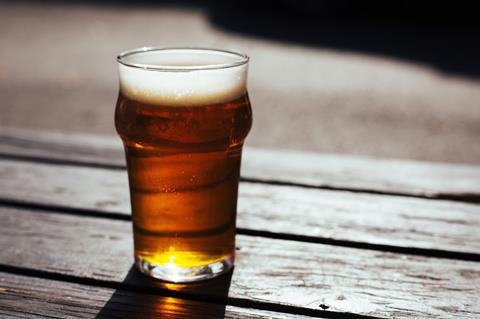
Lager
▼ £575.2m
Challengers such as Stella Artois Unfiltered bucked the downward trend, while many established lager brands fell off post-pandemic shopping lists.
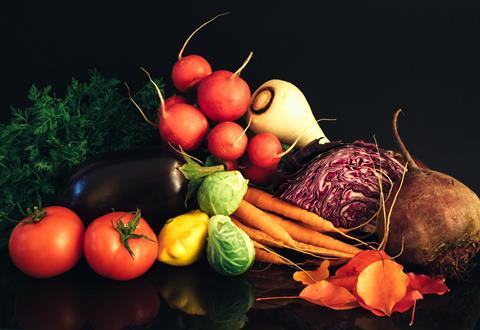
Vegetables
▼ £456.2m
Fresh produce has struggled in the face of price inflation, cost pressures, labour challenges, Covid comparisons and household budgets, says NielsenIQ.
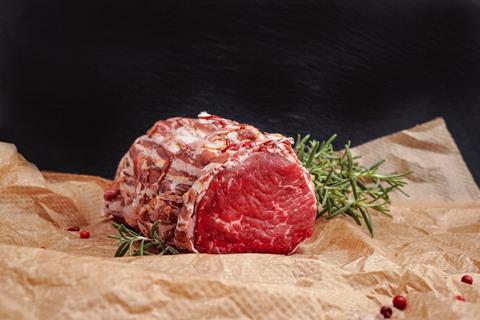
Fresh meat
▼ £347.9m
Beef, bacon, sausage, pork and lamb have all shed value as Brits cut back on red meat – whether for reasons of economy or health. Units are down 11.1%.

Rolling tobacco
▼ £194.9m
Why roll your own when it’s easier – and more affordable – to pick up a disposable vape? Loose tobacco has sold 1.1 million fewer kilos this year.

Ale & stout
▼ £166.0m
No booze sector has avoided the impact of Brits’ return to the off-trade. Brands including Guinness Draught and BrewDog Punk IPA are in double-digit decline.

Cider & perry
▼ £150.6m
Not even a hot summer could prevent a second consecutive year of decline for cider. It’s seen volumes pegged back by 13.7%.

Fresh fish
▼ £133.8m
The category’s loss is largely down to declines for key types, such as salmon and cod, due to myriad factors – from fuel inflation to supply shortages.












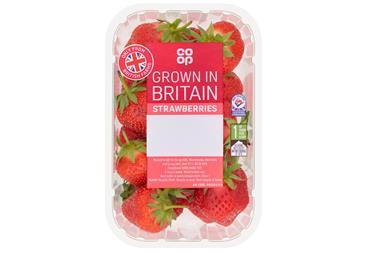




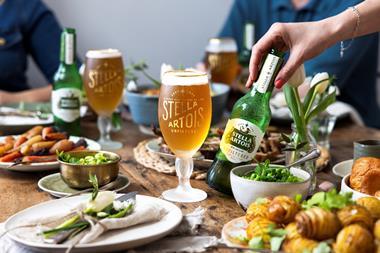

No comments yet